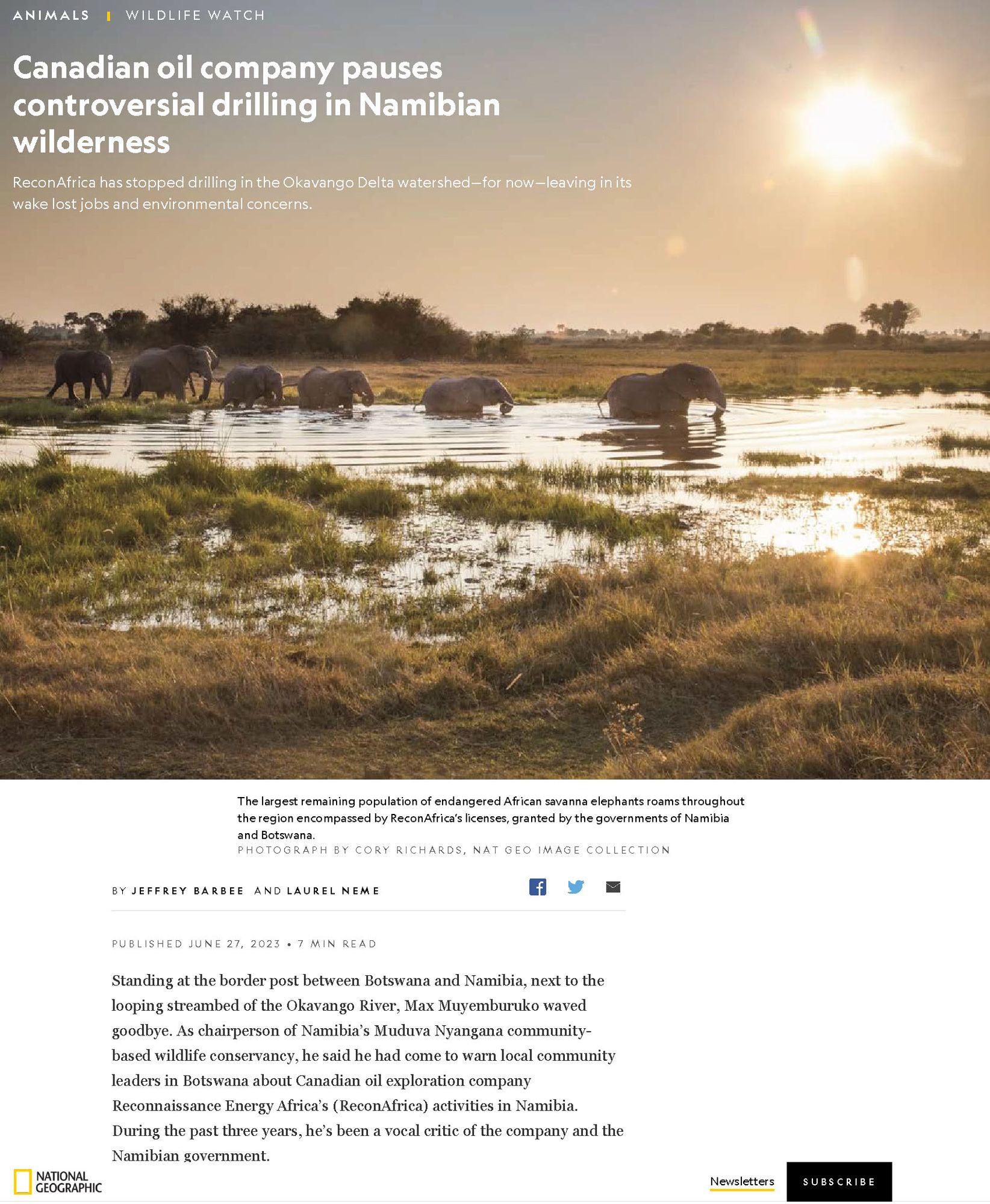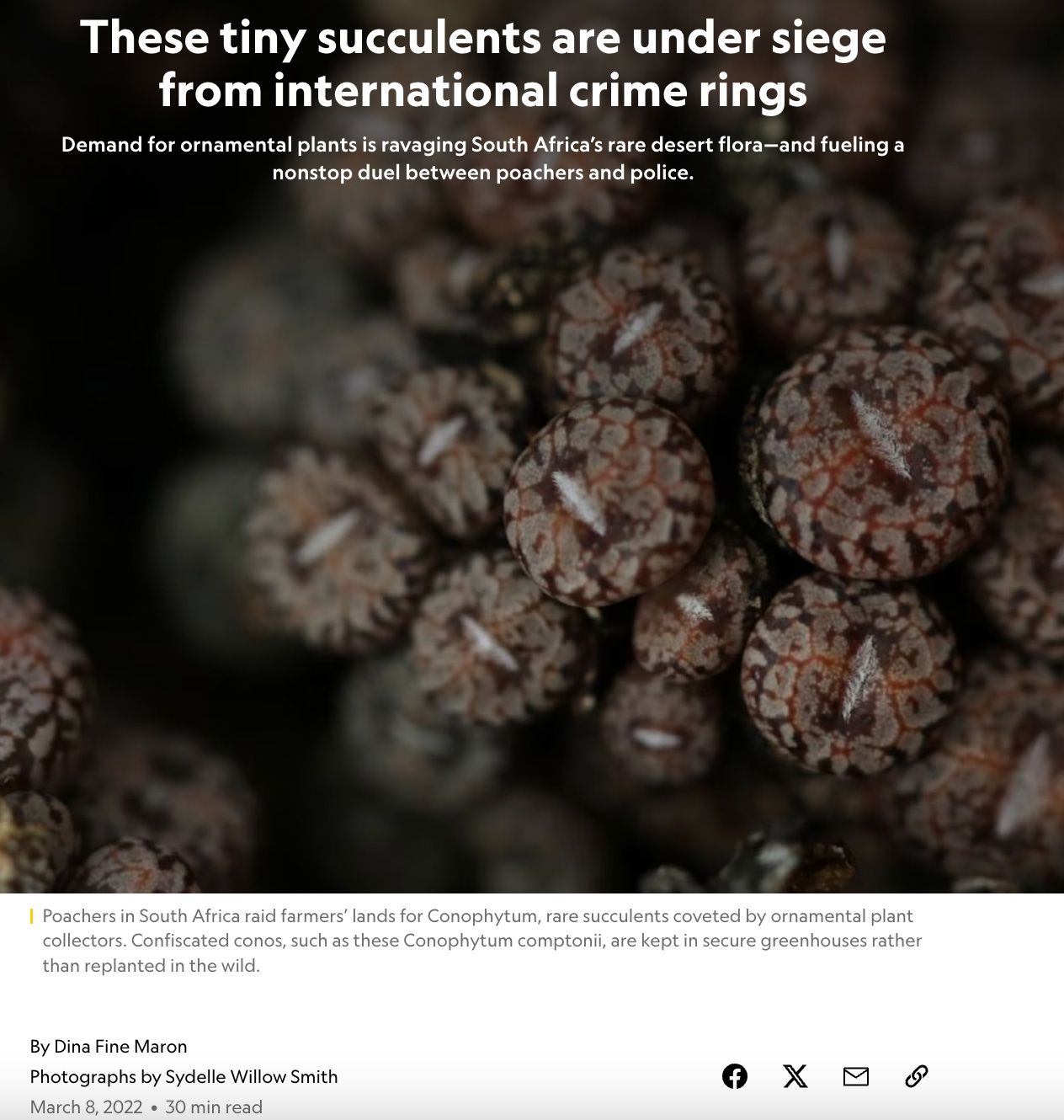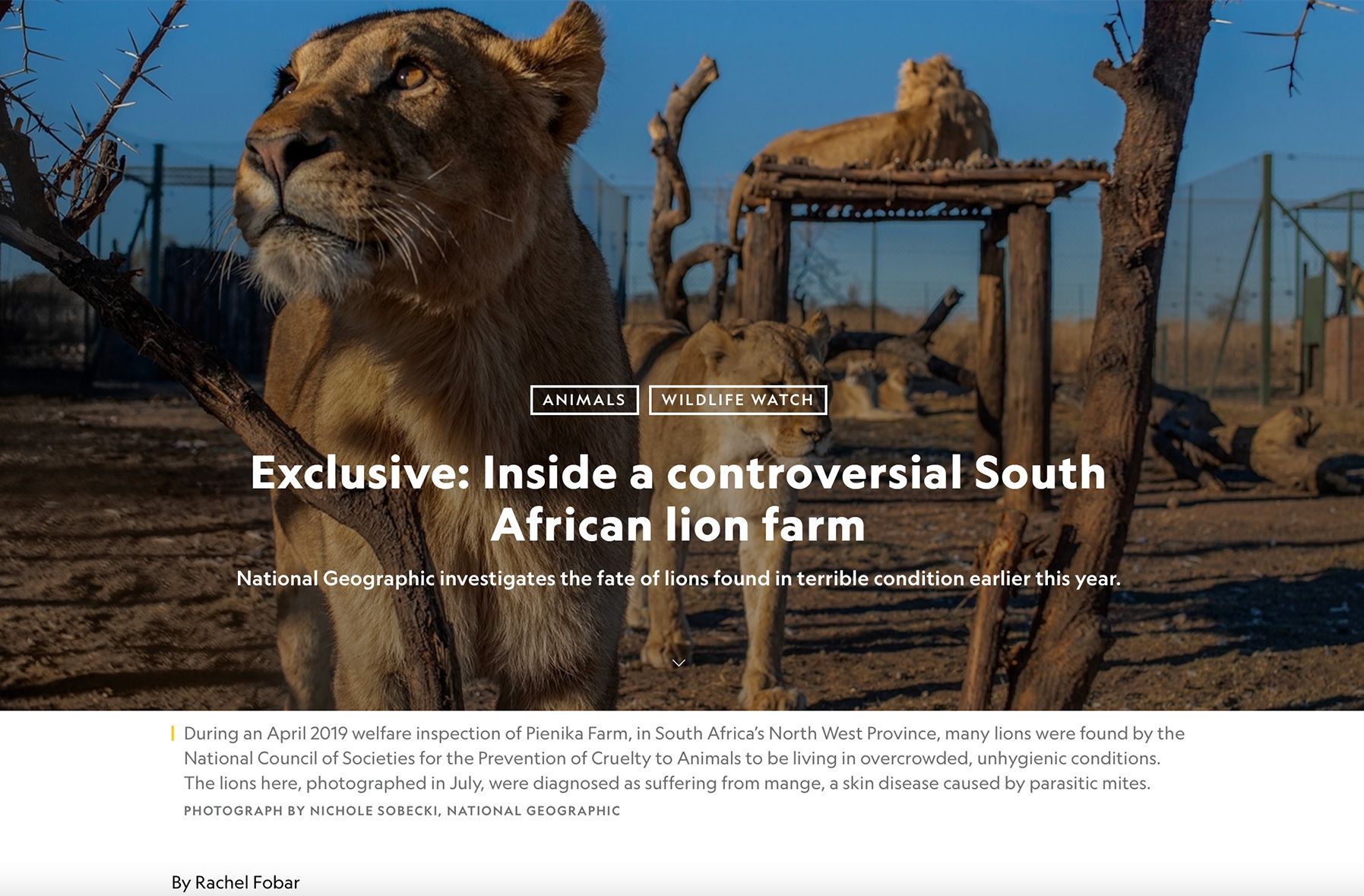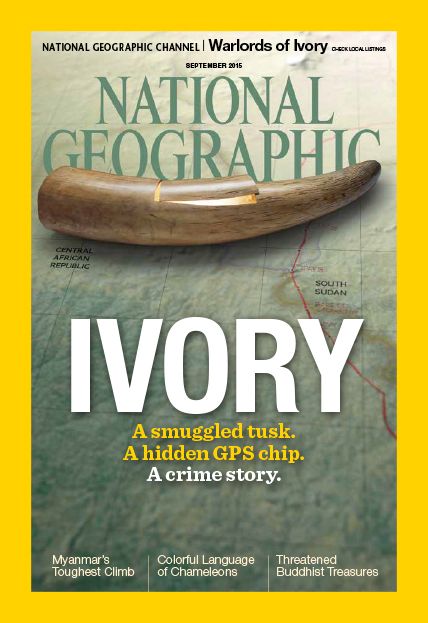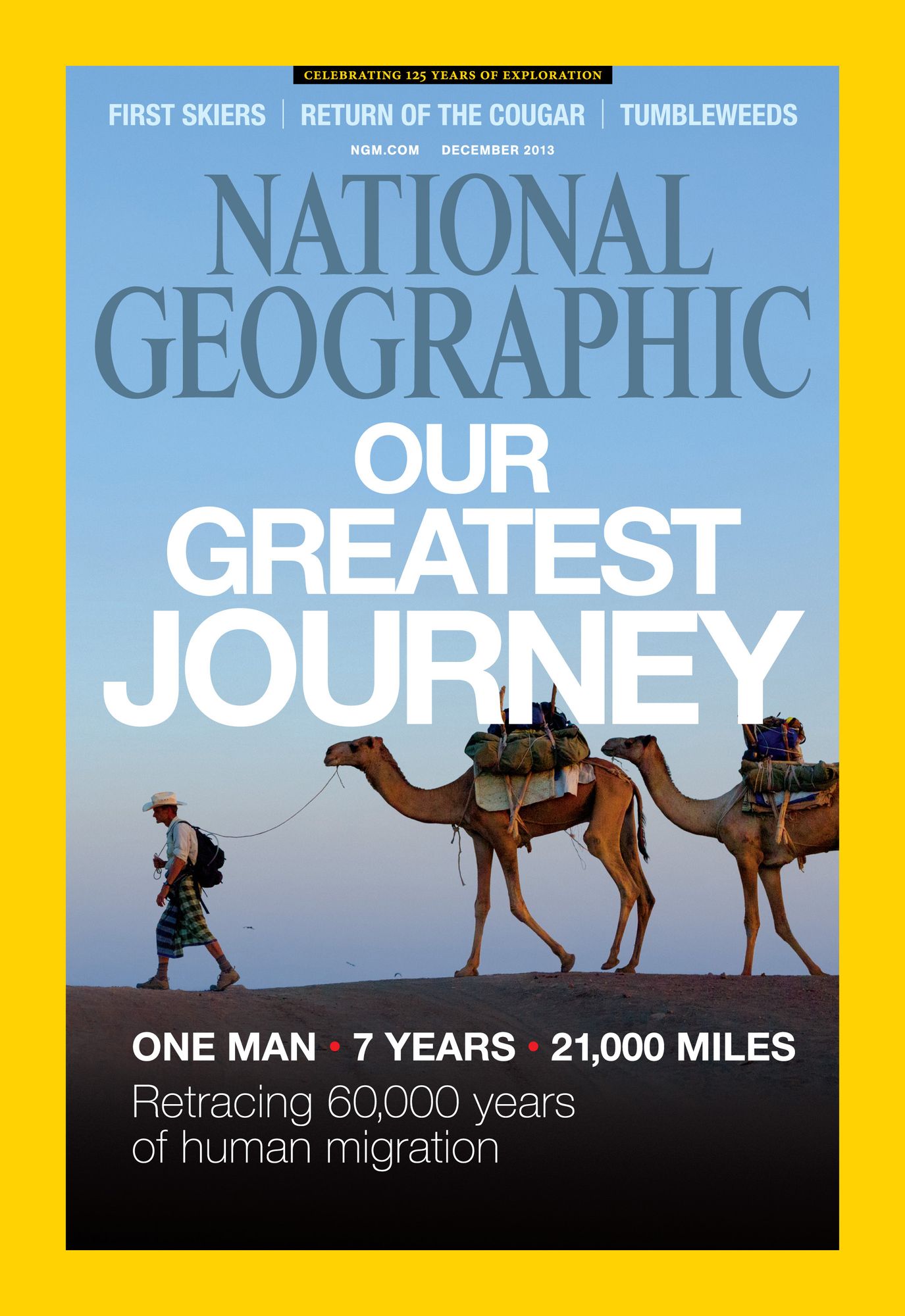At National Geographic magazine, Oliver Payne served as a features editor from the early 1990s until mid-2023. In his career with the magazine, he recruited David Quammen, Peter Hessler, Garrison Keillor, Alexandra Fuller, and Bryan Christy, among other acclaimed journalists and writers. Three of his contributors’ stories won the Geographic’s only National Magazine Awards for writing to date. He is the project editor for the Out of Eden Walk—a global storytelling odyssey following the pathways of our forebears—begun in 2013 by National Geographic Explorer Paul Salopek, winner of two Pulitzer Prizes. Oliver was a founding editor of National Geographic’s Wildlife Watch, established in 2015 primarily as a digital platform for investigative reporting on wildlife crime and exploitation. For Wildlife Watch, he shepherded and edited hundreds of stories, many of them deeply researched, field-reported investigations with assigned photography. As a champion of fair, accurate, and credible narrative storytelling, Oliver aims for wildlife investigations to be not only informative reports but also lively reads—page-turners. Those are the kinds of stories that raise awareness among general readers and have the power to influence policymakers and others who fight wildlife trafficking and animal abuse.
Examples of My Previous Work
